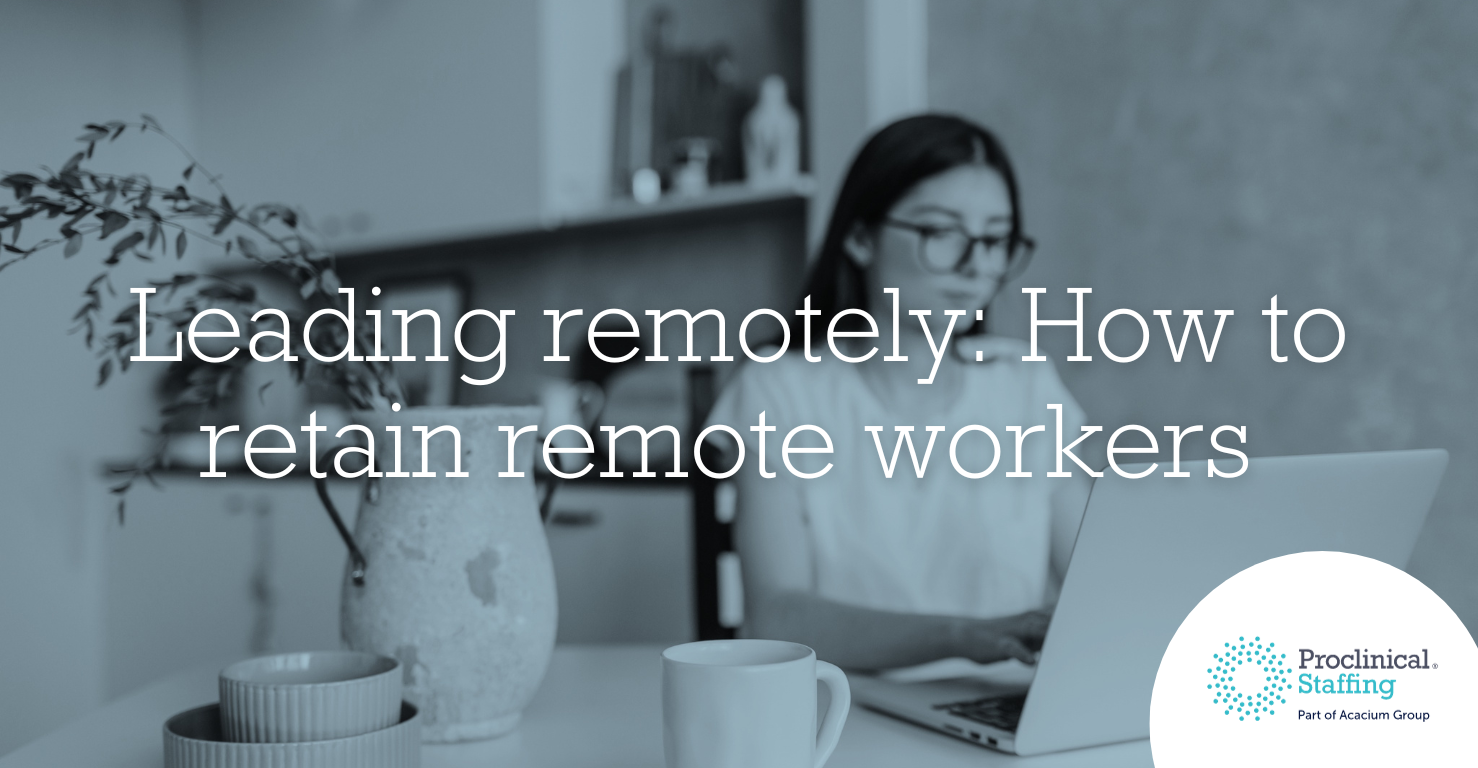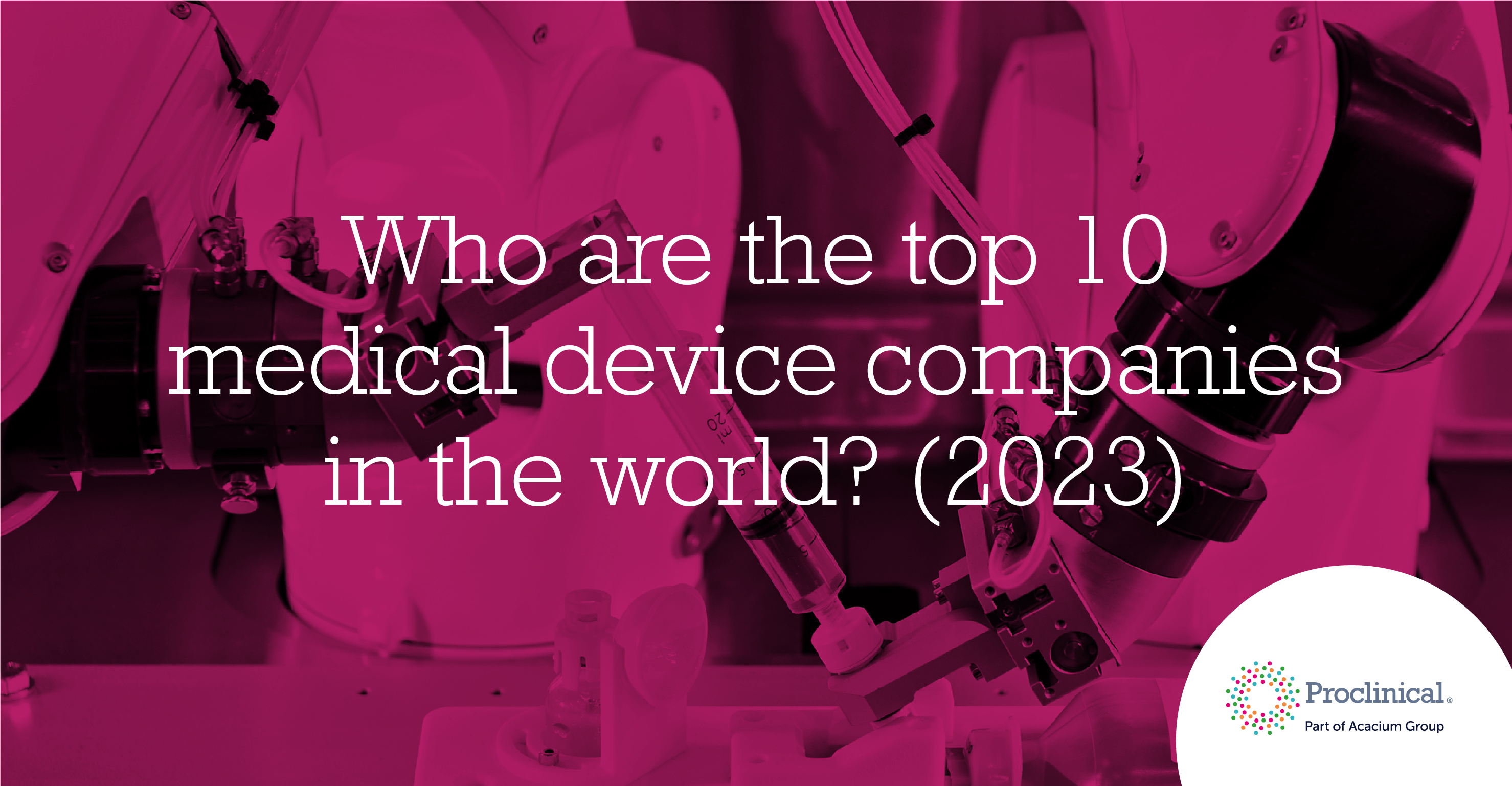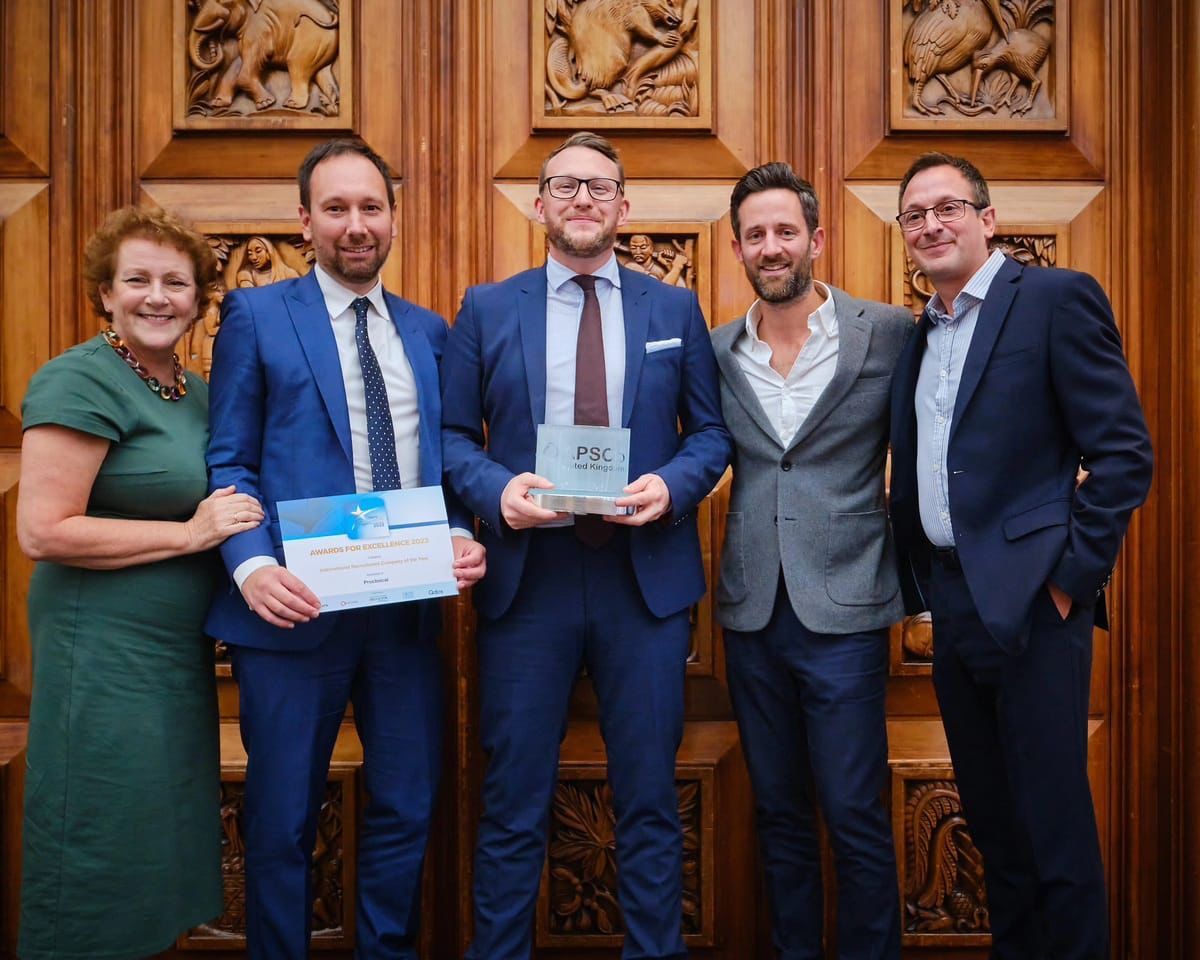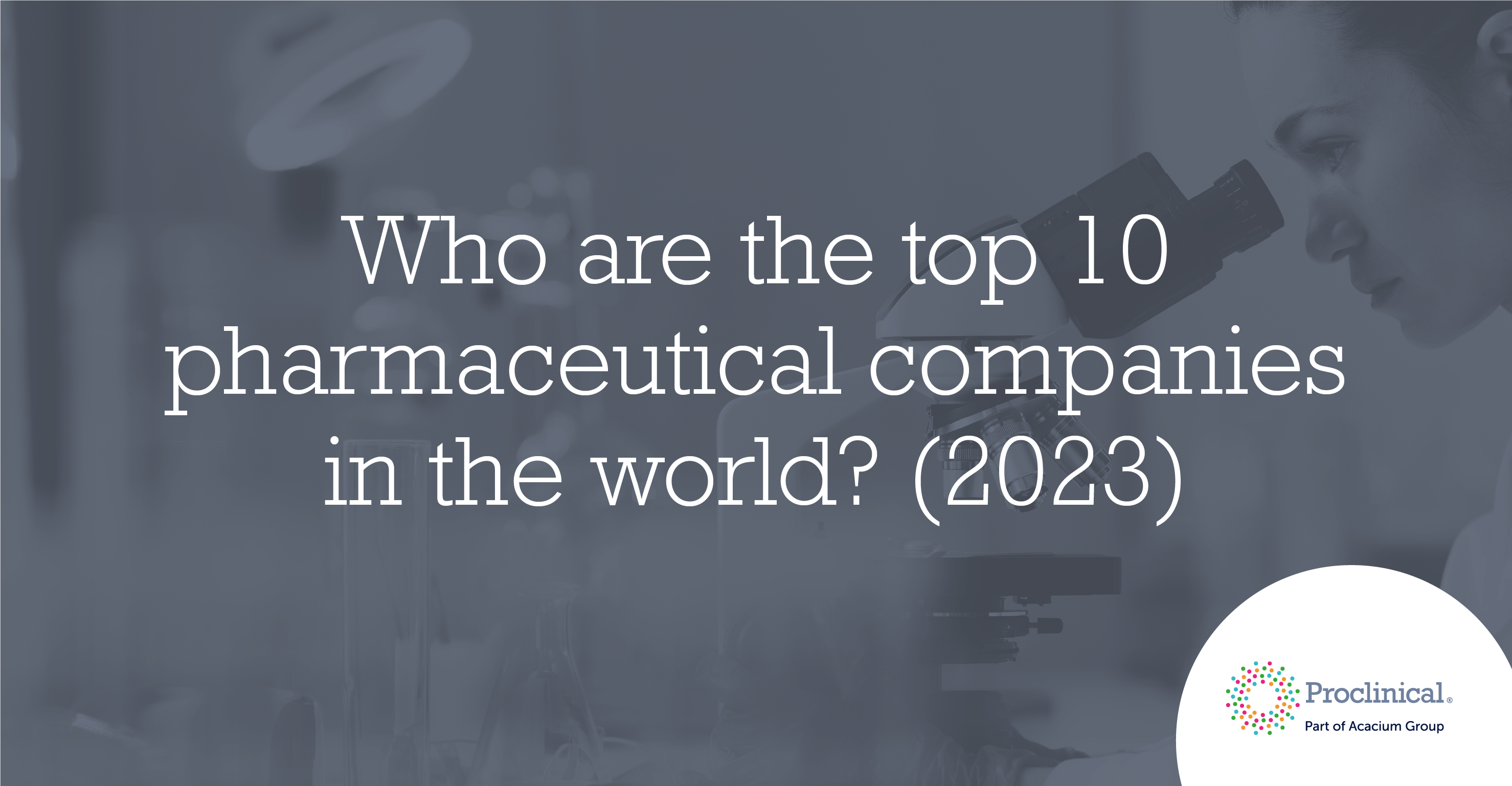
Over the last decade, the pharmaceutical and medical device industries have experienced many transformative trends and innovations that have rapidly improved the medicines available to patients around the world. In just ten years, we have seen the influence of artificial intelligence and big data on diagnosing and treating disease, as well as a shift toward preventing life threatening conditions rather than medicating them.
This impressive growth in the life science industry is thanks to the many opportunities on the horizon in 2020 and beyond. In 2019, the global pharmaceutical industry was worth approximately $1.2 trillion, a figure that is predicted to rise to around $1.5 trillion by 2023. The medical device industry was estimated at $425.5 billion in 2018 and is expected to increase 5.4% by 2025, reaching $612.5 billion.
However, there are several challenges to overcome to continue bringing new and improved medicines to patients globally, which we explore in our video above and discuss in more detail below.
Increasing populations
As global populations increase and people are living longer thanks to improved healthcare, more and more strain is being put on the life science industry to treat growing patient populations. According to the World Population Prospects by United Nations, by 2050 the global population will number over 9.3 billion, with over 20% being 60 or older.
Therefore, the demand to meet their healthcare needs will be an ongoing challenge. Even today, patients of all ages are finding it harder to access even basic health care due to over-subscribed doctors’ surgeries and hospitals.
Telemedicine
Even though increasing populations will remain a challenge in the foreseeable future, emerging technologies are helping the over-burdened health sector combat some of these pressures. For example, telemedicine is beginning to transform the way that patients receive lower level health care, making it possible for them to conduct consultations with health care professionals virtually, through their personal computer and mobile devices.
Health care providers can evaluate, diagnose and treat patients from a distance which maximises both efficiency and convenience for both sides. Telemedicine is predicted to become an increasingly integral part of health care systems in various markets around the world to help manage rising demand.
Wearables
Due to both age and lifestyle factors, chronic diseases will continue to be a serious issue for the pharma industry over the coming years. 50% of people in the USA alone are living with at least one chronic disease, many with two or more. Previously, chronic diseases were more prevalent in developed world, but in recent years developing countries such as China are experiencing higher rates of chronic illness – in particular, diabetes.
This has caused a serious need for the pharma industries all over the world to help patients better manage and control their conditions, which in turn will take the pressure off their hospitals and other healthcare services.
In particular, the medical device industry is making strides in combatting the chronic disease crisis with the development of wearable devices and innovative software. These innovations help patients monitor and control their chronic condition themselves. Currently, these include wearable glucose monitors for diabetics, smart watches with in-built ECG monitors and various mobile applications that help patients track things like symptoms, triggers and medication.
The wearable devices industry is projected to be worth $29 billion by 2029, compared with $6.8 billion in 2017, showing huge potential for wearable device innovations to tackle the burden of chronic disease and improve patients’ quality of life.
Rising prescription prices
The annual price of specialty drugs has tripled over the last ten years, with the cost of developing a single drug rising to an estimated $2.6 billion in 2019.
The US spends more per capita on medication than anywhere else in the world. Medical bills are the primary reason why Americans go bankrupt and are a key electoral issue for both Republicans and Democrats in 2020.
Drugmakers claim that America is carrying the cost of research and development for the rest of the world and if Americans stopped paying such high prices for drugs, investment in innovative treatments would fall.
Discovering new drugs is getting harder, Jennifer Taubert, executive vice-president at Janssen Pharmaceuticals told the Financial Times. “The easy diseases have largely been solved. It gets harder and harder as we go after new treatments for ever more challenging diseases.”
High drug pricing filters down into the rest of the world and often stops patients outside America from accessing the most effective medicines available. The challenge is whether the US can reduce the price of prescriptions, and if they do, will this cause prices to rise everywhere else?
Generics and biosimilars
While the US government faces ongoing challenges to control increasing drug prices, there is some hope in the future that these life-saving medicines will become more accessible to patients. For example, the rise of the generic market.
Generic versions of a drug can be manufactured once the company’s patent has run out, making it more affordable to patients. There are patents for various blockbuster drugs, such as Truvada to treat HIV, set to expiring in the next few years, bringing us closer to more affordable medicines. In fact, the global generic industry is expected to be worth $474 billion by 2023, a 6.8% increase from 2018.
For biologic drugs, the generic version is known as a biosimilar. There are also several important biologic patents expiring soon, predicting that in 2020 alone, $100bn worth of biologics will be available to manufacture for much less, lowering the price by 30-50% for patients around the world.
Artificial Intelligence and Big Data
There is no doubt that the emergence of artificial intelligence has already begun to revolutionise healthcare. Pharmaceutical and medical device companies have been harnessing powerful tools such as machine learning (with the help of technology companies) to transform digital processes, improve patient management, detect and diagnose disease with unprecedented precision and even aid drug discovery.
AI has been hugely successful in processing and analysing large amounts of big data through the use of deep learning, semantic computing and neural networks. These techniques that are thought to mimic human-like processes, but at super-human speed and intelligence. In the case of medical imaging, AI has made it possible to detect malignancies in scans that are impossible to see with the naked eye.
Since the extent of AI capabilities are mostly unexplored, there is much potential for growth over the next few years. The market for AI tools used in healthcare is expected to exceed $34 billion by the mid 2020s.
Gene editing
In 2018, an innovation known as CRISPR made headlines as an emerging gene editing technology that could revolutionise medicine in the future. Research is determining whether CRISPR technology could be the key to eradicating harmful viruses, curing cancer, correcting genetic diseases and extending the human lifespan.
These many possibilities are causing great excitement within the scientific community, and although it will take years of further research and testing, the next decade could revolutionise the way we understand, diagnose and treat disease.
However, with the potential limits of genetic engineering still unknown, the subject has been exposed to major controversy. Should humans have the power to edit genes? Will this lead to an even bigger ethical conundrum than the ‘designer baby’? These important arguments will certainly play a big part in how the field of genetic engineering develops in the coming years.
Personalised medicine
The percentage of drugs that make it through from development to regulatory approval is at an all time low. Currently, only 1 in every 10 drugs are successful through clinical trials. This is largely due to an unacceptable level of adverse effects reported by trial participants. Adverse effects arising from prescription drugs remain a major issue globally and is a leading cause of death in some countries.
Fortunately, it’s not all doom and gloom. The rapid rise of personalised or precision medicine is really helping to reduce the impact of side effects for patients. Precision medicine is the term to describe drugs, therapies and devices that deliver tailor-made treatments to individual patients, hugely reducing the risk of side effects while increasing its effectiveness. Examples of these treatments include immuno-oncology and gene editing, as discussed above.
Precision medicine has been made possible thanks to new technologies helping the pharma and medical device industries gain more genetic understanding of both patients and diseases.
There are certainly many obstacles to overcome in the 2020s, most significantly the rapidly increasing patient populations around the globe and climbing drug prices. However, the truly incredible innovations and new technologies that are only just beginning to emerge suggest that there are many exciting opportunities for the pharma and medical device industries to explore over the coming years.
Want to find out more about challenges and opportunities in the life sciences industry? Follow us LinkedIn and YouTube to keep up-to-date with the latest trends.
.png)

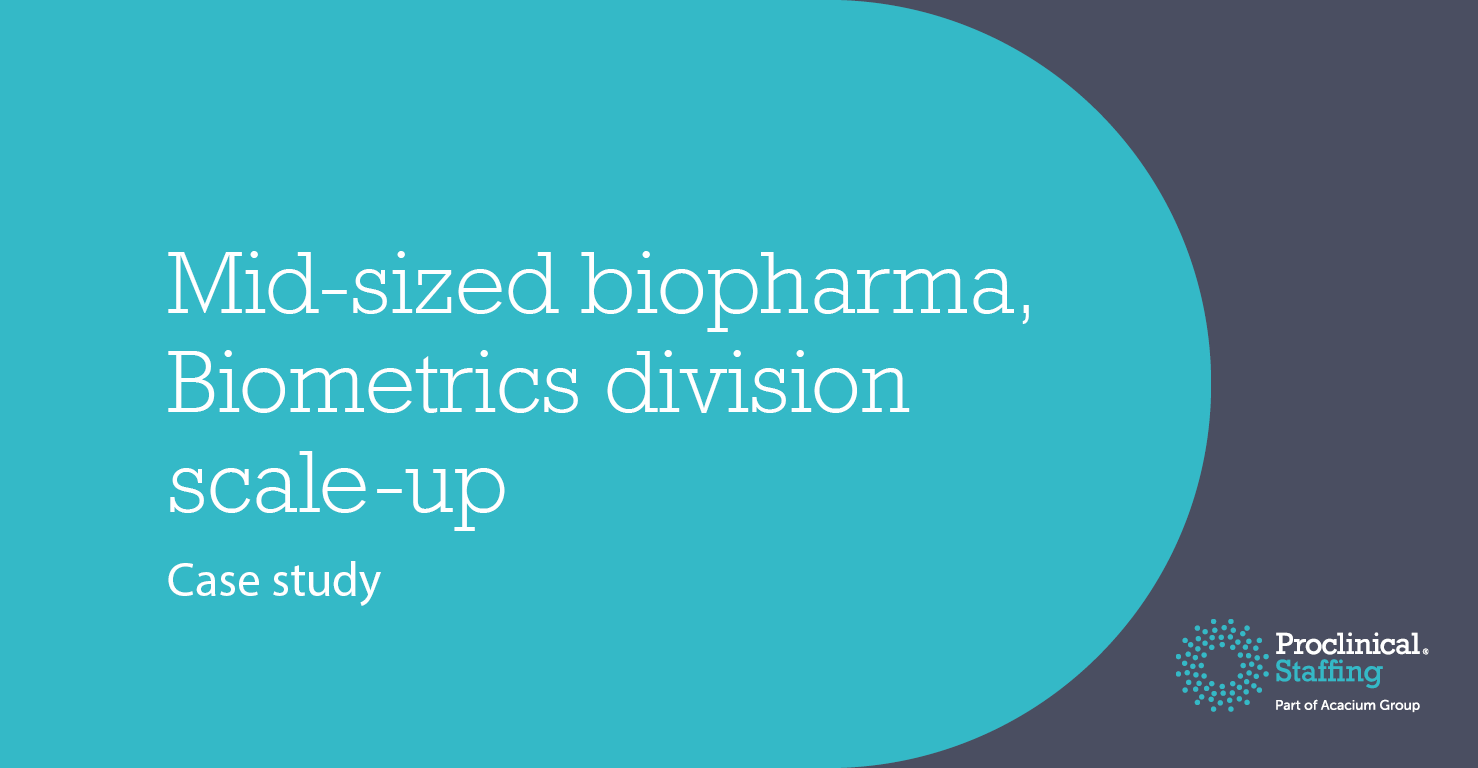

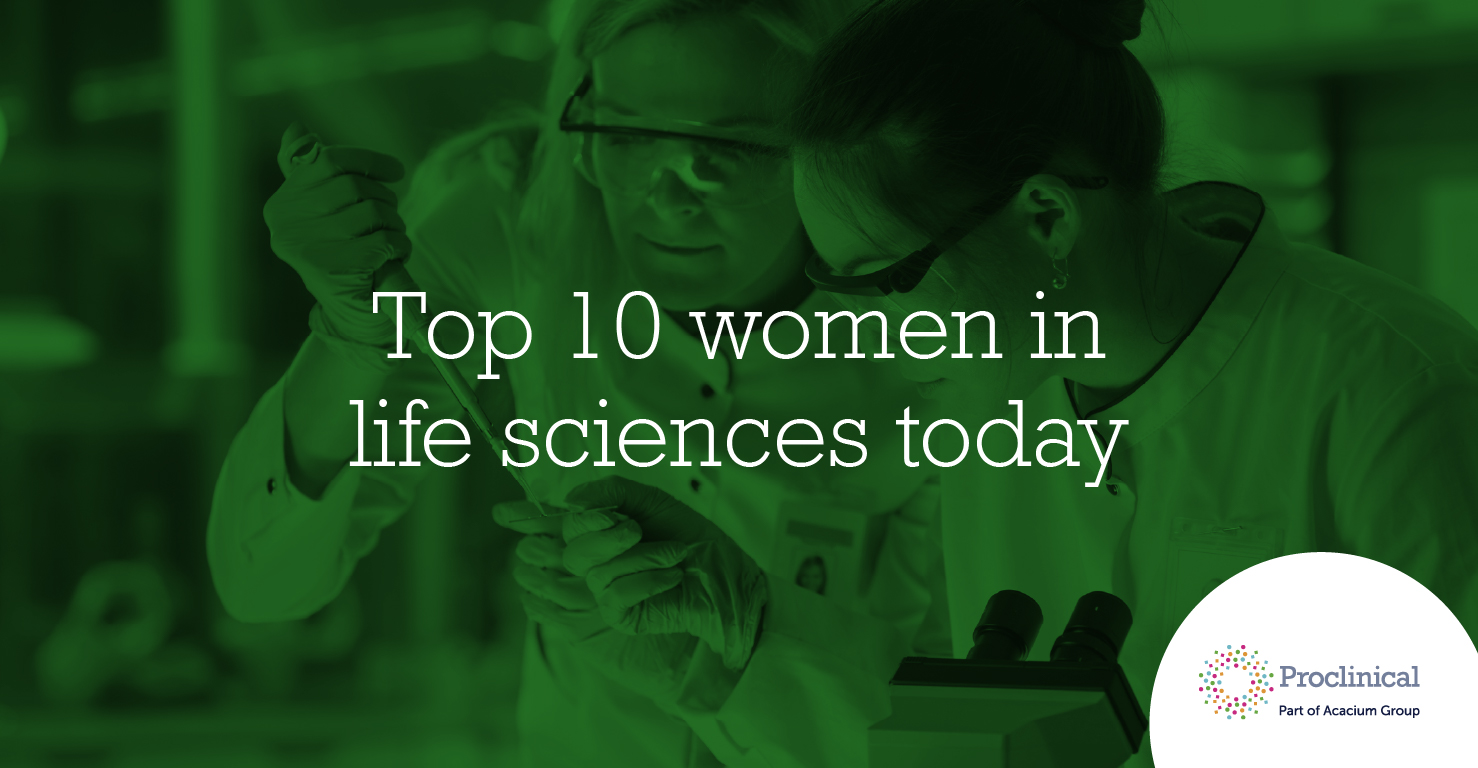

.png)
